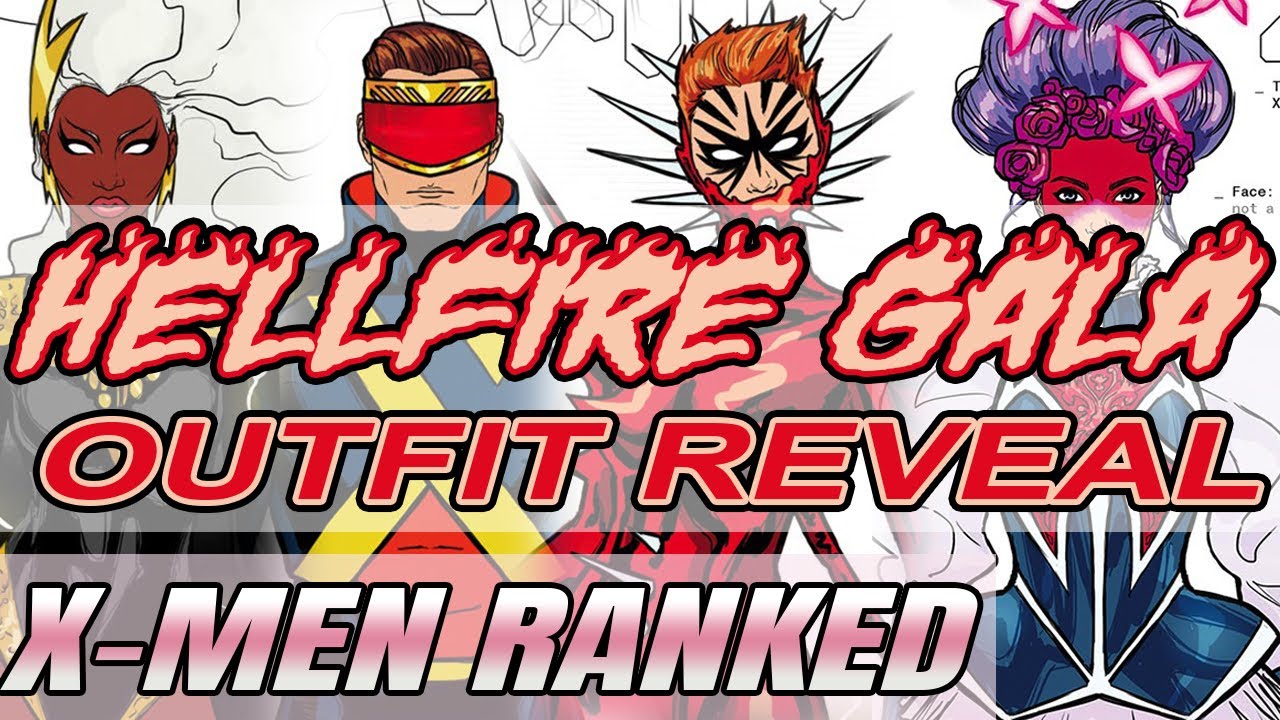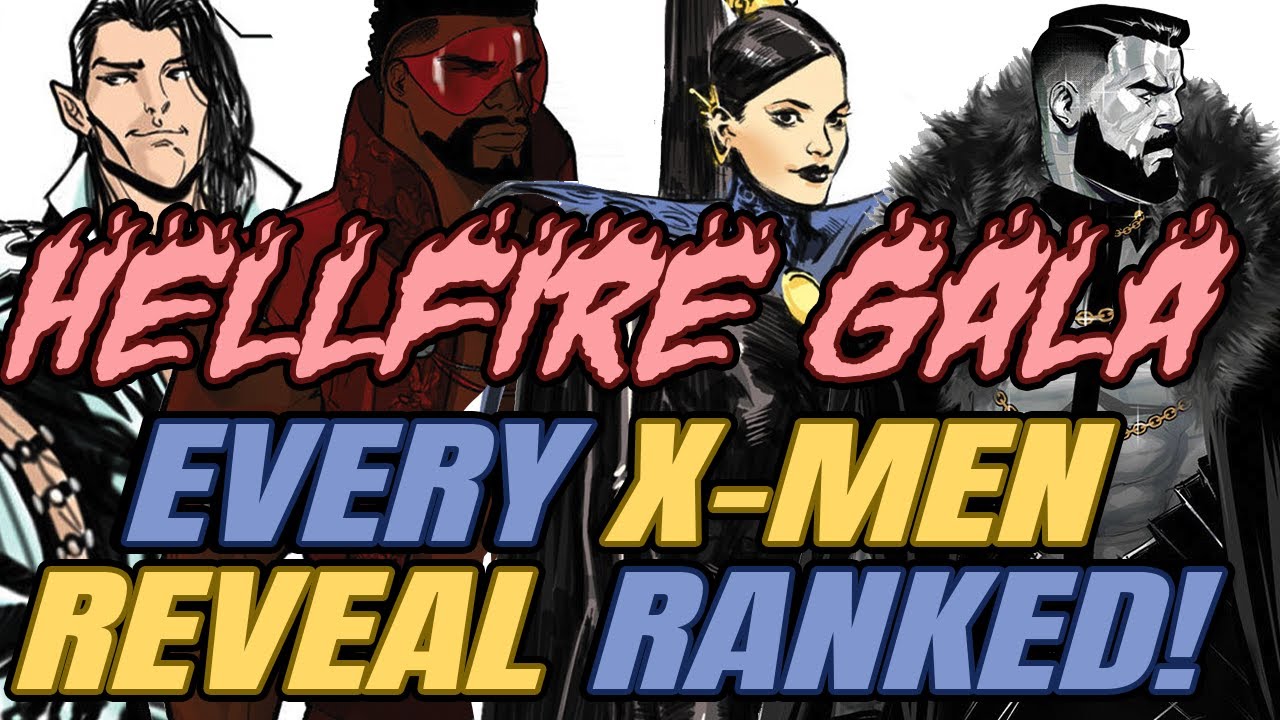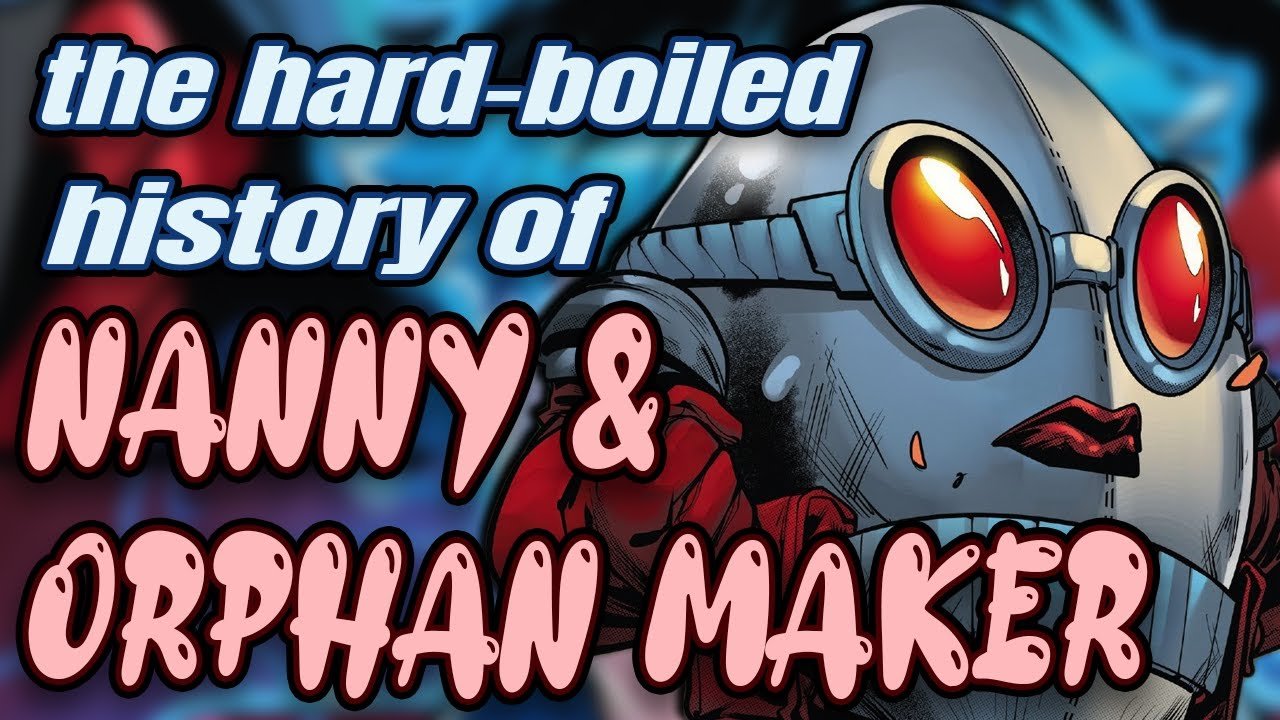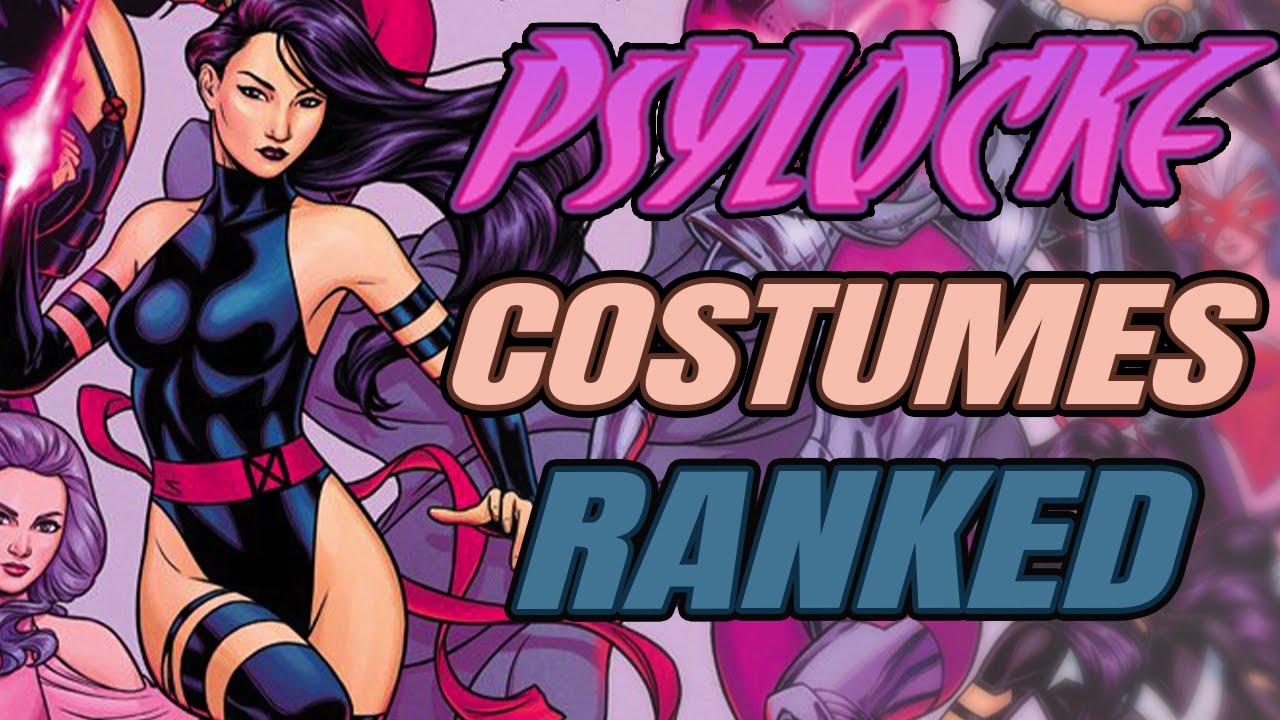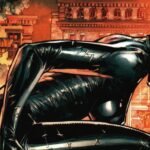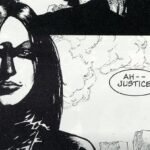He is the soul of the X-Men. He has the heart of a charming swashbuckler from a bygone age. He is a fuzzy elf and a man of great spirituality who resembles a monster. He is Kurt Wagner, Nightcrawler.
This week on WMQ&A, we talked to Seanan McGuire, who is writing the new Age of X-Man miniseries “The Amazing Nightcrawler,” and all that talk of the most charming of X-Men made me want to dig into his past and pick four of my favorite Nightcrawler stories.
What Happened to Nightcrawler?” (Uncanny X-Men #204, 1986)
With the other X-Men teleported away by the Beyonder during “Secret Wars II,” Nightcrawler was left alone to think about his life. Hanging out at first with his girlfriend, Amanda Sefton, the two have a fight, and Kurt stumbles across a kidnapping by the trap-loving villain Arcade. Kurt arrives at Arcade’s amusement park of doom, Murderworld, to find Arcade’s victim, Judith Rassendyll, already facing traps, and dealing with them well. Still, she needs Kurt’s help to make it out alive, and he acts as the dashing hero. And as Kurt escorts Judith home, we get a surprise about her true identity.
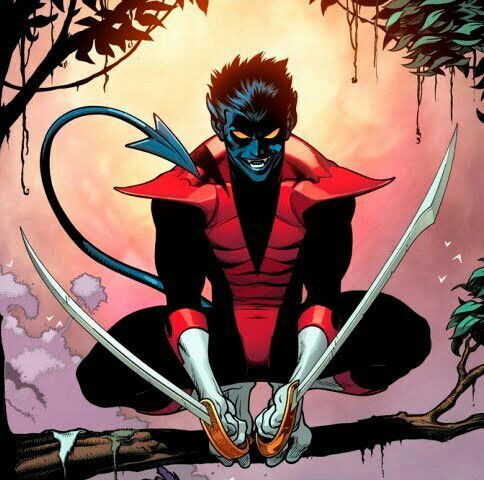
This is a great Nightcrawler story for a number of reasons. While Kurt is the charming swashbuckler for most of the story, we also see his insecurity, which was a major part of his character. Kurt can feel unloved and unsure of himself because of his mutation, and his charm is sometimes a cover for that. But not all the time. Kurt is a genuinely good guy, a mutant of action, and we get to see him demonstrate how cool under fire he can be. The cover makes it clear the issue homages many of the films Kurt loves. And to top it off, the art by June Brigman is absolutely gorgeous, a perfect fit for the story.
Warlord (Excalibur #16, 1989)
The early issues of “Excalibur” are an example of the perfect synergy between writer and artist. Chris Claremont and Alan Davis, along with inker Paul Neary and the rest of the creative team, crafted some of the most charming and beautiful X-Men-related comics ever produced, balancing the drama and stakes of a superhero story with a lightness and humor that makes them perfect comics.
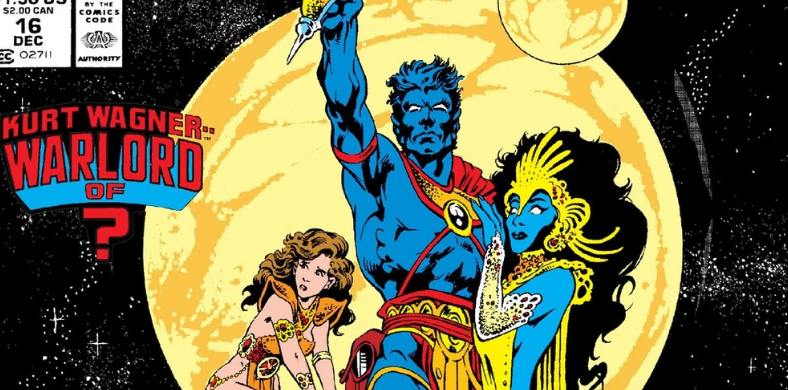
I selected this issue more for the art than I usually do for one of these Bonus Readings. But this issue, part of the yearlong “Cross-Time Caper” storyline, takes Excalibur to an alternate world that is very much influenced by Edgar Rice Burroughs’ “Princess of Mars.” Kurt gets to fight on a pirate ship, meet an alien princess, save her, have it turn out she’s the bad guy, and fight alongside an alien pirate queen (who is also a beautiful lady) to stop her. It’s exciting and fun. These are my favorite Nightcrawler stories, the kind where he isn’t filled with ennui and doubt, but where he gets to be Errol Flynn without the creepiness. Davis draws a Nightcrawler who is joyful and graceful, and the design work he does for this world is icing on the cake. This is peak “Excalibur” NIghtcrawler, and a perfect issue to get a feeling for this version of the character.
The Big Dare (Classic X-Men #4, 1986)
The backup stories from “Classic X-Men” are somewhat forgotten gems of X-Men history. Taking place around the issue reprinted in the comic, these little stories are usually character moments that Claremont used to further flesh out the X-Men, and John Bolton’s art is lush and gorgeous. Of all the shorts, “The Big Dare” is in my top two, probably only topped by the further exploration of Magneto’s origin. This is also the first of two stories on this list to explore one of the key relationships in Nightcrawler’s life: his close friendship with Wolverine.
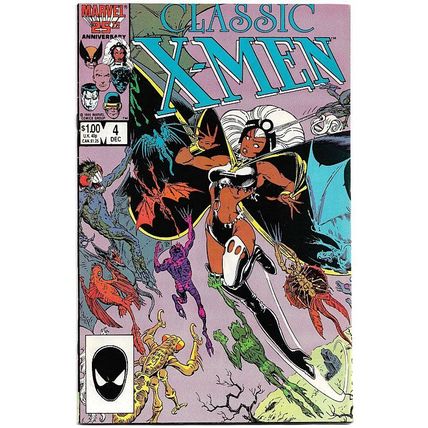
Set early in their friendship and time with the X-Men, this story takes Nightcrawler and Wolverine out for a night on the town at Harry’s Hideaway, the X-Men’s local bar. They discuss Nightcrawler’s use of an image inducer to hide his blue skin, and Logan challenges Kurt to not use it, saying Kurt hiding who he is shows he’s ashamed of his appearance. When Kurt does turn it off, he finds the people in Harry’s accepting, but a couple of toughs outside in Salem Center less so. When Wolverine attempts to teach them a lesson, Kurt teleports them away. Even when threatened, Nightcrawler remains cool-headed and balances out the quick-to-anger Wolverine. As different as they are, this story shows why they work so well as a team.
The End of the Beginning (Wolverine: Weapon X #16, 2010)
Nightcrawler’s death during the “Second Coming” event is sadly one of the least memorable deaths of an X-man. He returned fairly quickly, and there wasn’t a lot of fallout among his friends. The exception to that was the final issue of Jason Aaron’s series “Wolverine: Weapon X.”
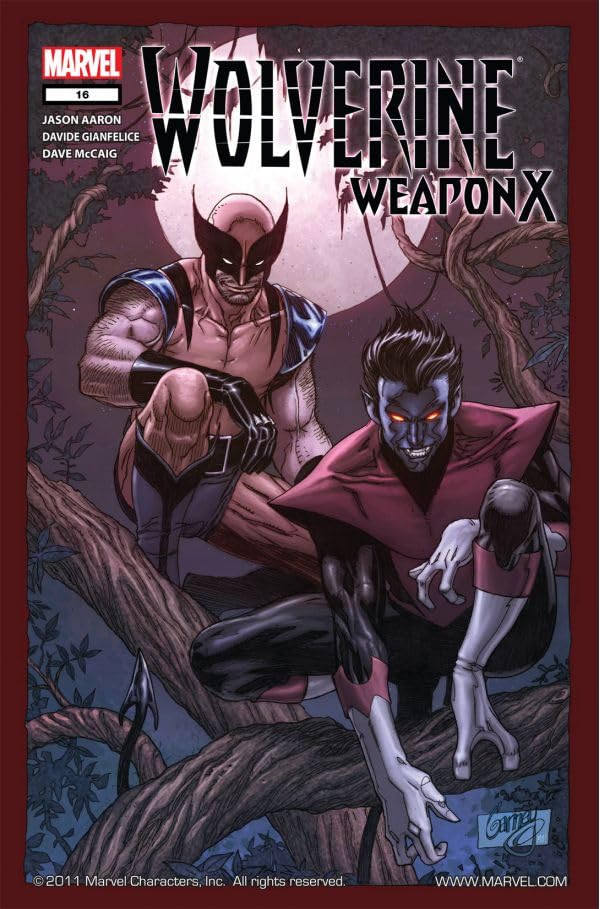
Fulfilling a request in Kurt’s will, Wolverine must bring a $20,000 grand piano to a mountaintop church in Venezuela. As Logan lugs the piano by hand up the mountain, he remembers Kurt’s faith and friendship. Nightcrawler’s Catholicism is often handled ham-fistedly (as we’ll see in the final entry in this list), but here, we see Kurt as a person of faith who never forces his conviction on his atheist best friend. He is supportive when Logan needs it, like after the death of Dark Phoenix, and always a strong shoulder.
In the end, Logan brings the piano where he promised and receives a final gift from Kurt. I won’t spoil what it is, but the whole ending shows both that Kurt had a sense of humor and a loving nature, and is the kind of friend you get only once in a lifetime, even when that lifetime is as long as Wolverine’s.
Holy War (Uncanny X-Men #423-424, 2003)
At the end of a bad-movie podcast like “How Did This Get Made” or “We Hate Movies,” there’s usually a bit where the hosts say whether they’d recommend the movie in question, whether it’s bad in a fun way or just plain bad. Let me say this at the beginning: Chuck Austen’s two-issue “Holy War” story is the worst Nightcrawler-related story ever and no one should ever read it. “The Draco” might get more bad press, but that at least has some nice Sean Phillips art in places. This story is awful from stem to stern.
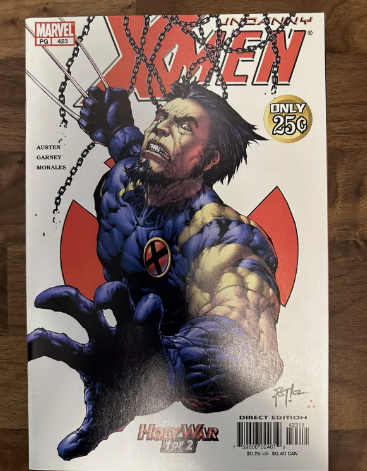
When Claremont returned to the X-Men after a decade away, he made some changes, including making Nightcrawler a priest. OK, an odd choice, and a bit unlikely since it takes years of study to become one, but whatever. When Austen took over the series, he decided to do away with this in the most bizarre, unlikely and offensive way possible. You see, it turns out Kurt was never a priest, instead he was taken in by an anti-Catholic/anti-mutant organization called the Church of Humanity and brainwashed into thinking he was a priest to set off an unlikely set of events that would lead to him being declared pope just so the Church of Humanity could bring down the Catholic Church and turn the western world against mutants, too.
If that sounds like nonsense, well, it is. There is also a plot about communion wafers that will disintegrate people, so that’s … fun. And a group of mutants gets crucified on the X-Men’s lawn, two of whom are low-tier X-characters Skin and Jesse Bedlam, who die ignominious and forgotten deaths. Oh, and the end drops a rape into the story like it’s nothing, a simple plot device. This story has nothing going for it; there’s plenty of material for a story about problems with organized religion and the Catholic Church, but this takes none of that material and creates a bizarre superhero plot that insults people of faith, longtime X-Men fans and anyone with a bit of sense. If you find it in quarter bins at a con, you’d be paying too much.


